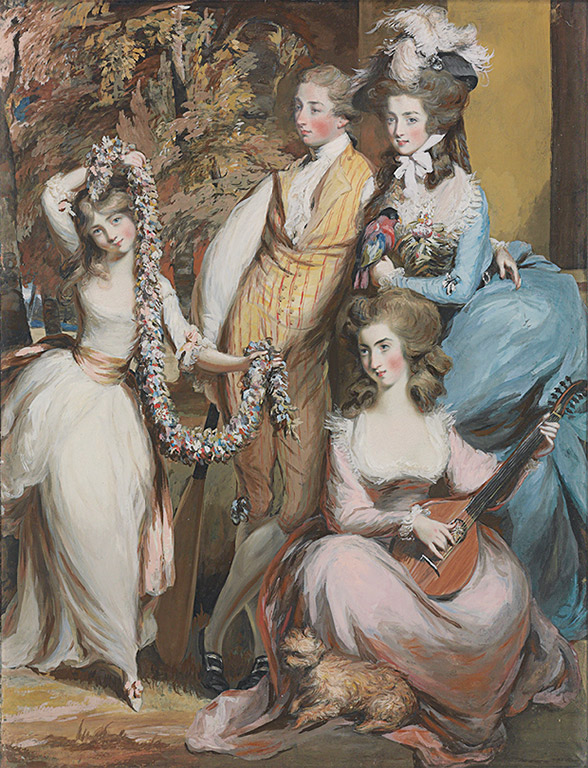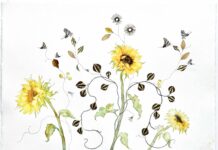
During the 18th century in Britain, portraiture became fashionable for a much wider audience while continuing to be a staple among the elite eager to showcase their status. Although it may seem surprising, pastel was a common medium, employed for its luminosity and unique texture.
Opened on November 1 and on view through May 7, “Fashionable Likeness” is an outstanding exhibition at the J. Paul Getty Museum in Los Angeles. Although one might expect to find oil paintings as the predominant medium, the museum instead has chosen to focus on the use of pastel in portraiture in Britain during the 18th century.
Showcasing a wide variety of pictures from the museum’s own permanent collection, “Fashionable Likeness” details not just the story of how portraiture was an important element in constructing a public identity, but how pastel was increasingly used as a more affordable alternative to oil paint. Being that the material was cheaper and took less time to dry, artists welcomed the opportunity to produce portraits at a faster rate, leading to more production and more income.
Further, as the museum details, pastel offered luminosity similar to oil paints and a unique texture that lent itself to the lavish textiles and fabrics used in clothing of the era.
To learn more, visit the J. Paul Getty Museum.
This article was featured in Fine Art Today, a weekly e-newsletter from Fine Art Connoisseur magazine. To start receiving Fine Art Today for free, click here.







